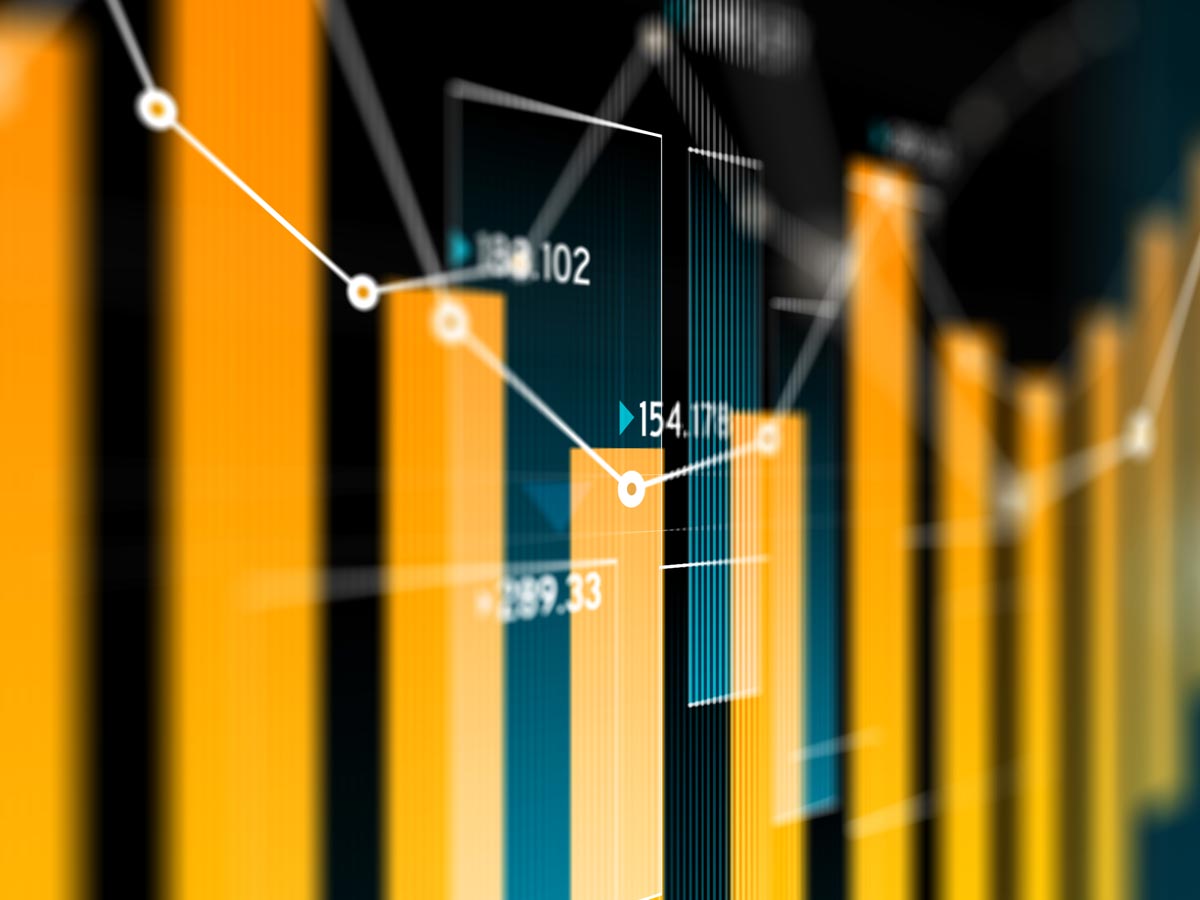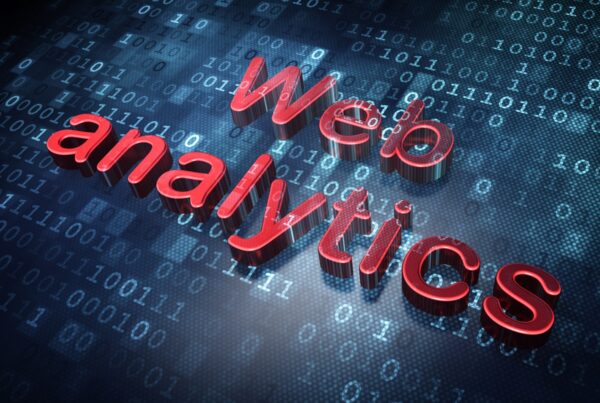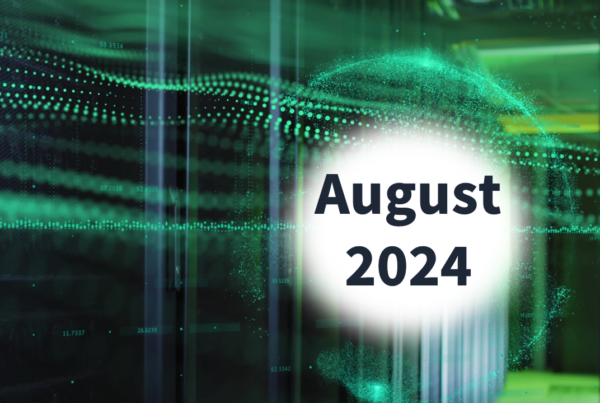
Want to see how utilities are actually solving problems with AI? Come to Utility Analytics Summit.
Artificial intelligence has erupted across markets, promising organizations the capability to transform and optimize the business. Defined, artificial intelligence is the “development of computer systems able to perform tasks that normally require human intelligence.”[i] Although subsidiary technologies such as machine learning, neural networks, and deep learning are increasingly utilized within the utility sphere, true autonomous artificial intelligence is still a niche—and human dependency is still high.
That is not to say that there are not significant opportunities that persist across the utility value chain. Use cases in customer operations, outage management, infrastructure and asset management, supply chain, and market operations (just to name a few) hold enormous potential for utilities.
At Utility Analytics Summit 2019, experts from utilities will be sharing just how they have successfully enabled business success through the adoption of machine learning and artificial intelligence. Here are some highlights:
DEWA’s distribution asset management system (AMS) is confronting an uphill challenge with a continual increase in an already huge asset portfolio—including all the related cost, risk & performance involved in the whole life cycle management process. Mohammad Hussin, Senior Engineer at DEWA, will discuss the methodologies and results of a 140,000-equipment survey, and the impact of asset useful life to the business value chain, as well as the influencing factors of technology change and smart grid transformation.
Leveraging AMI and The Self Organizing Map for Pattern & Anomaly Detection with Duke Energy
Utilities are receiving enormous amounts of data from power generation and grid T&D, and the ability to generate business value is dependent upon being able to combine all of that data with other sources of information. Miguel Santa, Senior Data Scientist at Duke Energy, will introduce the Self Organizing Map (SOM), an unsupervised machine learning technique, that has been successful in leveraging AMI voltage data and meter events to identify anomalies and minimize risk on Duke’s electric distribution grid.
Using Artificial Intelligence to Assess the Biggest Demand Response Program in Texas with ERCOT
There are about 13,000 large customers and non-opt-in entities (NOIEs) in competitive areas of ERCOT that are subject to demand charges. In recent years, the degree and volume of responses have resulted in up to 2,000 MW of demand response reduction. Members of ERCOT will discuss how artificial intelligence approaches can be applied to assess and quantify customer self-deployed load reductions in response to high dollar incentives.
Register here and use code UAIPOST for 15% off
Lauren Callaway is Senior Content Manager for Utility Analytics Institute.
[i] Google definition of artificial intelligence














